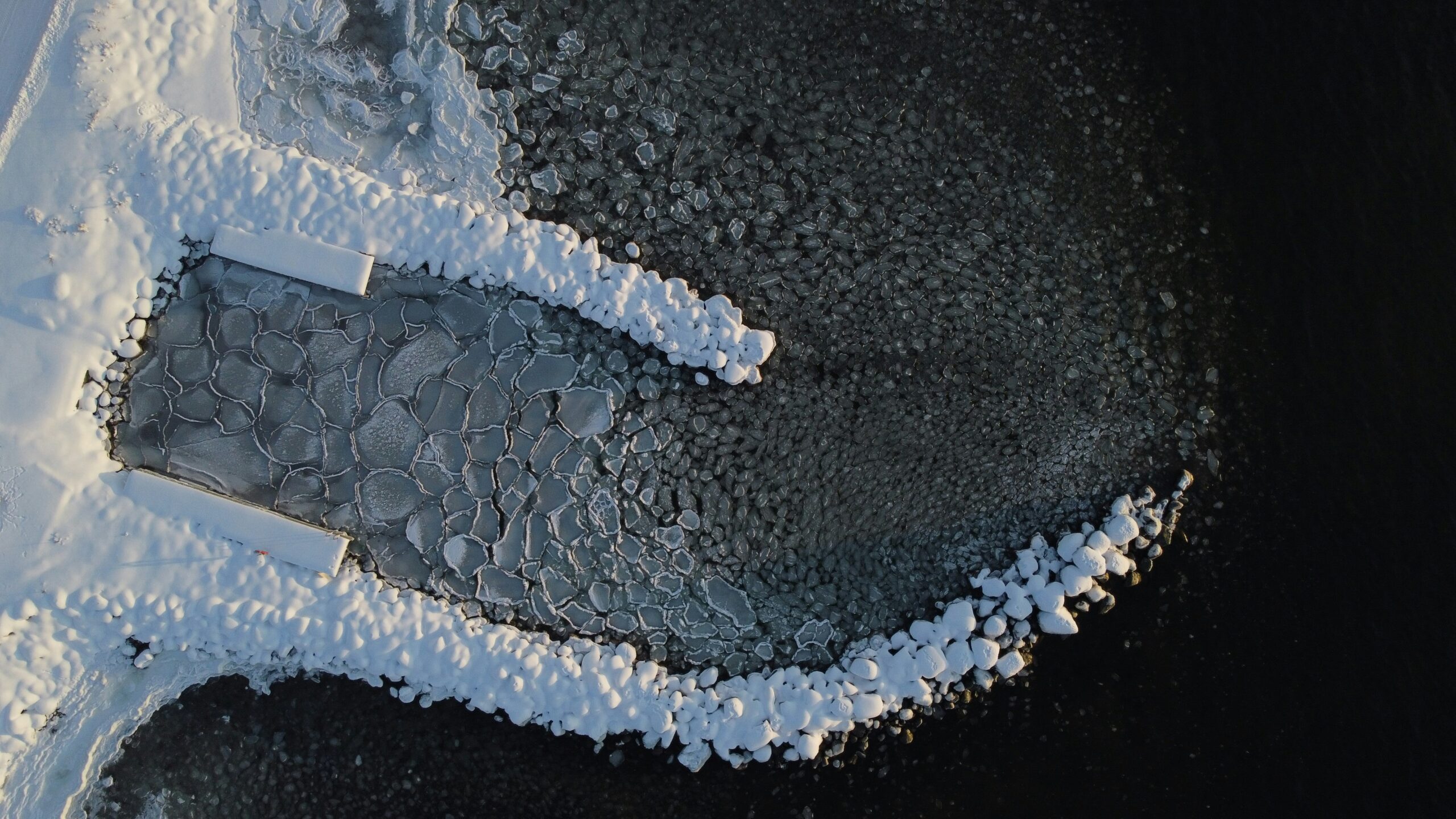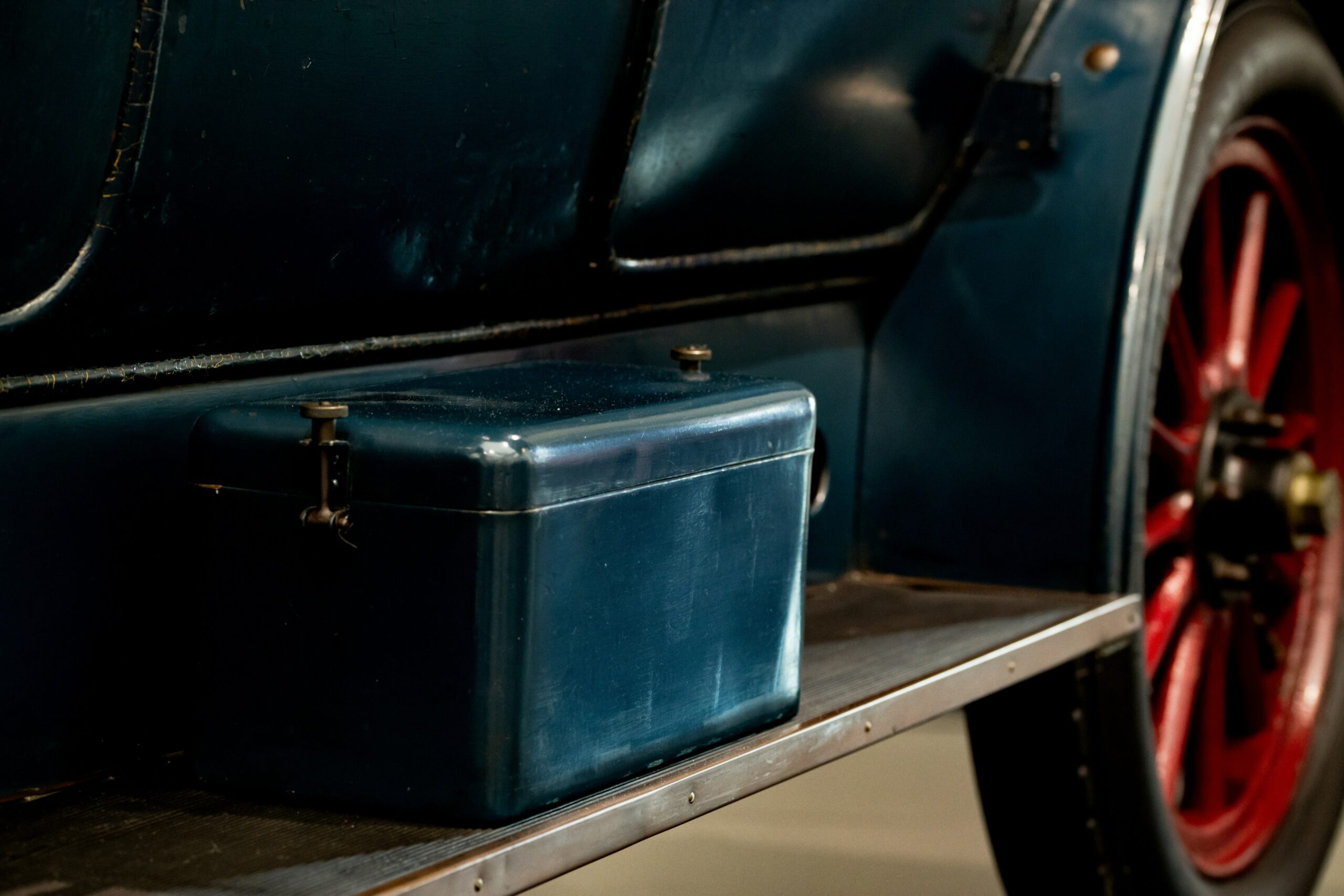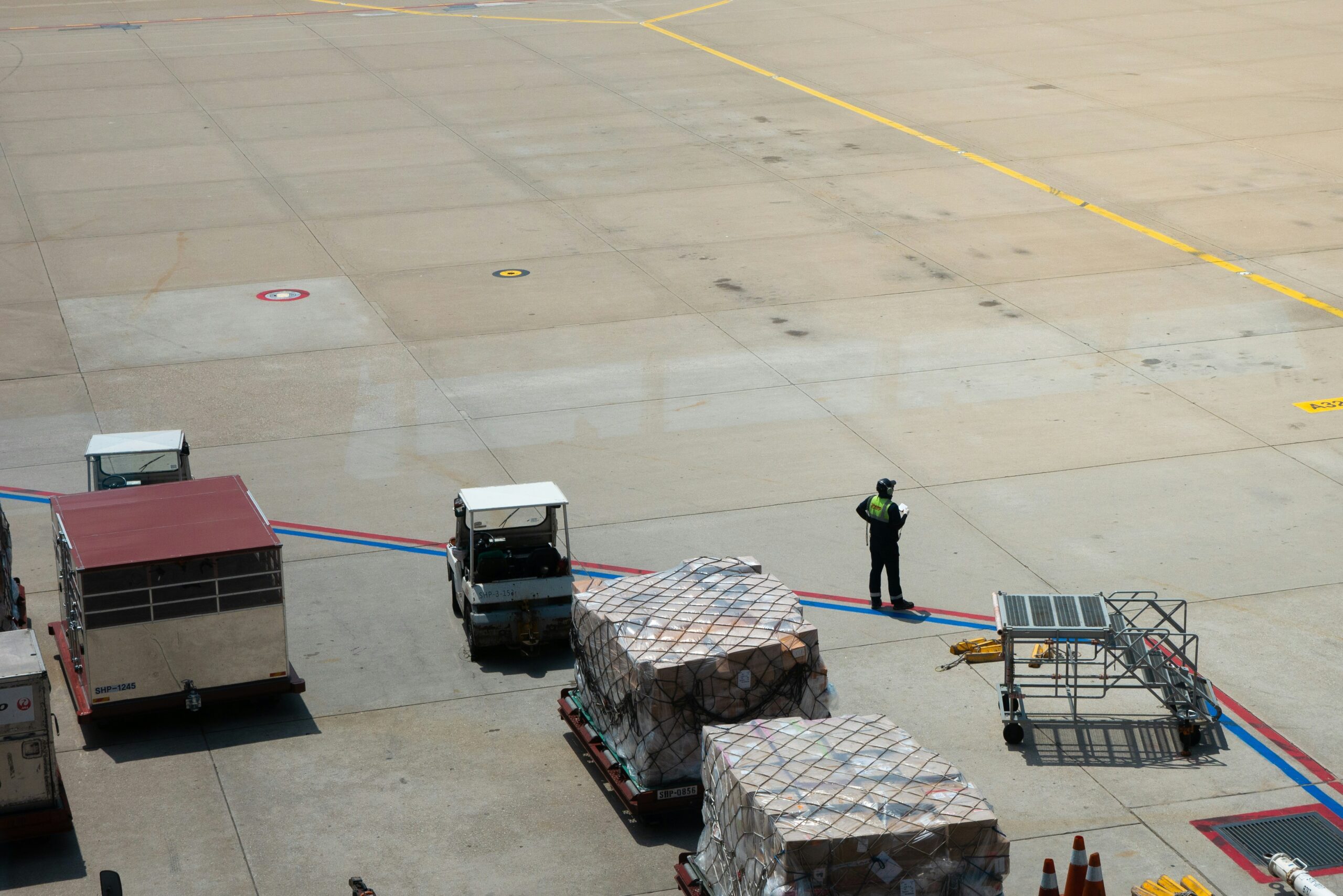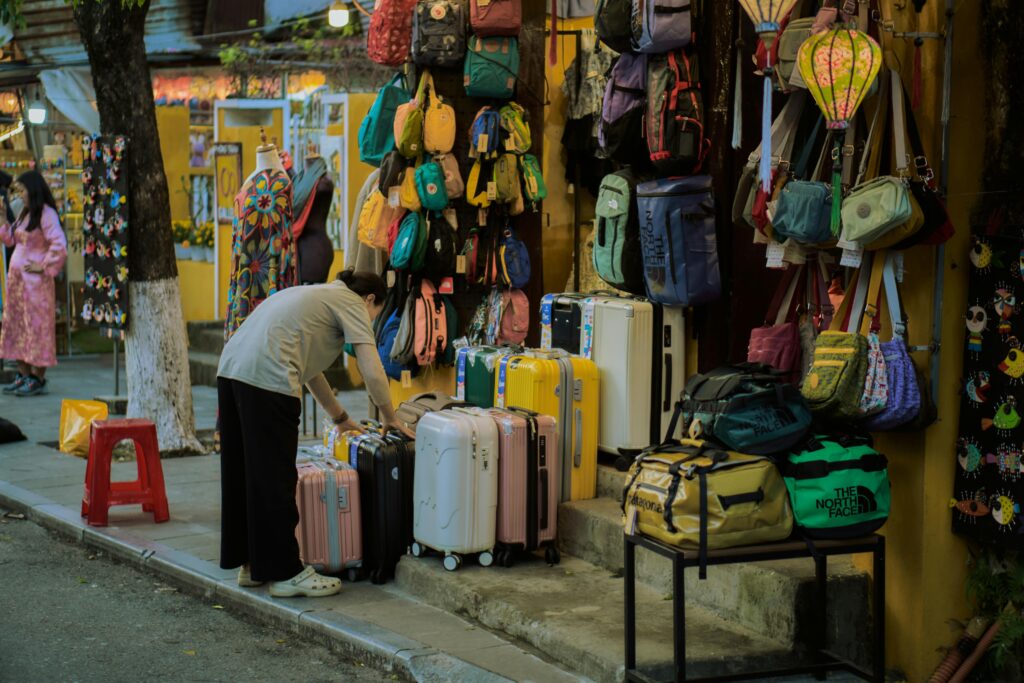Ever arrived at your destination only to find your suitcase looking like it survived a boxing match? You’re not alone. Travel horror stories are riddled with tales of dented, cracked, and outright destroyed luggage. But here’s the kicker: most of these casualties could’ve been avoided if damage-resistant materials were given the attention they deserve. Buckle up—today, we’re diving into hardshell suitcases made with cutting-edge, durable materials that ensure your gear stays safe.
In this post, we’ll explore why damage-resistant materials matter, how to pick the best hardshell suitcase, tips for keeping it in pristine condition, and some real baggage-busting success stories. Oh, and don’t worry—a rant about TSA-approved locks is coming later.
Key Takeaways
- Damage-resistant materials like polycarbonate and ABS plastic enhance suitcase durability.
- Hardside luggage protects items better than softside options when dropped or compressed.
- Regular maintenance increases the lifespan of even the toughest suitcases.
- Brands investing in advanced materials often offer warranties worth checking out.
Why Should You Care About Damage-Resistant Materials?
Back in my rookie traveler days, I went bargain hunting for luggage without paying any attention to its material composition. My shiny new cheapo suitcase took one flight, one rough carousel spin, and BAM—it developed a hairline crack down its side. Lesson learned: you get what you pay for. Especially when it comes to expensive electronics inside, skimping on materials can cost you dearly.
Enter damage-resistant materials. These engineering marvels include polycarbonate, aluminum alloys, and specialized reinforced plastics designed to absorb impacts rather than shatter under pressure. Not only do they look sleeker than their softer counterparts, but they also provide unmatched protection against wear and tear.

Confessional Fail Alert:
I once packed wine bottles in a flimsy polyester case because “how bad could it be?” Spoiler alert: very, very bad. This moment forced me to rethink my approach to luggage entirely. Trust me, invest wisely.
How Do You Pick the Best Hardshell Suitcase Made from Damage-Resistant Materials?
Optimist You: *“Just grab the first shiny one!”*
Grumpy Me: *“Hold up. Choosing the right suitcase involves more thought than picking lottery numbers.”*
- Step 1: Research Common Materials
- Polycarbonate: Lightweight yet flexible enough to bounce back after stress tests.
- ABS Plastic: Budget-friendly but slightly less forgiving during mishandling.
- Aluminum: Sleek and secure, though heavier and pricier.
- Step 2: Check Reinforcement Zones
Look for extra-thick corners and ribs, which add structural integrity where it’s needed most. - Step 3: Opt for Reputable Brands
Some brands (we see you, Rimowa) specialize in premium damage-resistant designs that justify every penny.

Top Tips for Keeping Your Hardshell Suitcase Pristine
Even the best damage-resistant materials aren’t indestructible. Treat them wrong, and they’ll retaliate faster than an overworked barista.
- Avoid Overpacking: Too much weight weakens seams and zippers over time.
- Use Protective Covers: A simple cover adds another layer of defense against scratches.
- Clean Regularly: Use mild soap and water to remove dirt before it eats away at finishes.
- Store Properly: Keep your suitcase upright and dry between trips to prevent mold or warping.
Luggage Legends: Real-Life Success Stories
Meet Sarah, a frequent flyer who switched to a hardshell suitcase made entirely of polycarbonate after years of disappointment with cheaper bags. Her verdict? Zero cracks, dents, or complaints—even after dragging her bag through Europe’s roughest train stations. “It feels like armor,” she says. “And honestly, it’s been worth every dime.”
Another standout brand story comes from Away, whose customers rave about their scratch-resistant exteriors. Despite daily abuse by airlines, users report minimal visible wear—a testament to smart material choices.
Frequently Asked Questions About Damage-Resistant Luggage
Q1: Are hardshell suitcases heavier than softside ones?
Not necessarily! Modern damage-resistant materials prioritize lightness alongside strength.
Q2: What’s the worst advice about buying luggage?
Picking based solely on aesthetics. Don’t fall victim to flashy colors masking poor build quality.
Q3: Do TSA inspections damage my suitcase?
Rant incoming: Yes, those agents sometimes toss bags like footballs. Investing in robust materials minimizes potential carnage.
Wrapping It Up
Your suitcase is more than just storage—it’s a guardian for everything precious you carry while traveling. By prioritizing damage-resistant materials, you’re setting yourself up for smoother journeys and fewer meltdowns at baggage claim. Remember: choose wisely, maintain regularly, and never underestimate the power of good design.
Oh, and let’s leave you with this classic wisdom:
Like a Tamagotchi, your luggage needs daily love—or else chaos ensues.


